Allan Cameron, the production designer of the 2006 movie, The Da Vinci Code, starring Tom Hanks and Audrey Tatou, had an interesting task at hand. His job was to recreate the Louvre museum for Ron Howard’s movie even if they were given the permission from the Louvre director Henri Loyette to shoot inside the museum itself.
As he reasoned that they were unable to shine artificial light on the paintings, pour fake blood on the floor or have the actors rip Leonardo da Vinci’s paintings off the wall, Cameron and his crew set about recreating the Grand Gallery on a sound stage in Great Britain. One of his most challenging task was maintaining the room’s scale. His staff not only photographed every wall in the gallery, they also measured each painting’s frame and its distance from the floor. Cameron also hired James Gemmill to recreate 150 paintings to place on the set by using digital photographs of each work as a base. Gemmil overpainted and glazed each work on aged boards or silk, adding layers of paint to match the craquelure of the originals. “The Mona Lisa itself was almost totally painted from scratch,” says Cameron, adding that his team made three versions to use in multiple takes. “Even the frames took time to accomplish. Some of them were very ornate and had very complicated wood carvings. The gold leaf, burnishing and aging each frame took weeks to finish. We even went far as to put wood-worm holes in them.”
Cameron added that certain parts of the movie were shot inside the Louvre and they were all “military maneuver.” They were extra careful when the lights and cables were carried around so they won’t go anywhere near the paintings. The curator and the Louvre security were there all the time. “To avoid scratching the floor, we used mats, put rubber balls on tripods, and made the bare-bones crew of 15 instead of the usual 150, wear soft shoes. Allan Cameron hopes that while watching the movie, people won’t know which is the set and which is the real Louvre.
Recent Articles
.png) FILIPINO ART COLLECTOR: ALEXANDER S. NARCISO
FILIPINO ART COLLECTOR: ALEXANDER S. NARCISOMarch 2024 - Alexander Narciso is a Philosophy graduate from the Ateneo de Manila University, a master’s degree holder in Industry Economics from the Center for Research and...
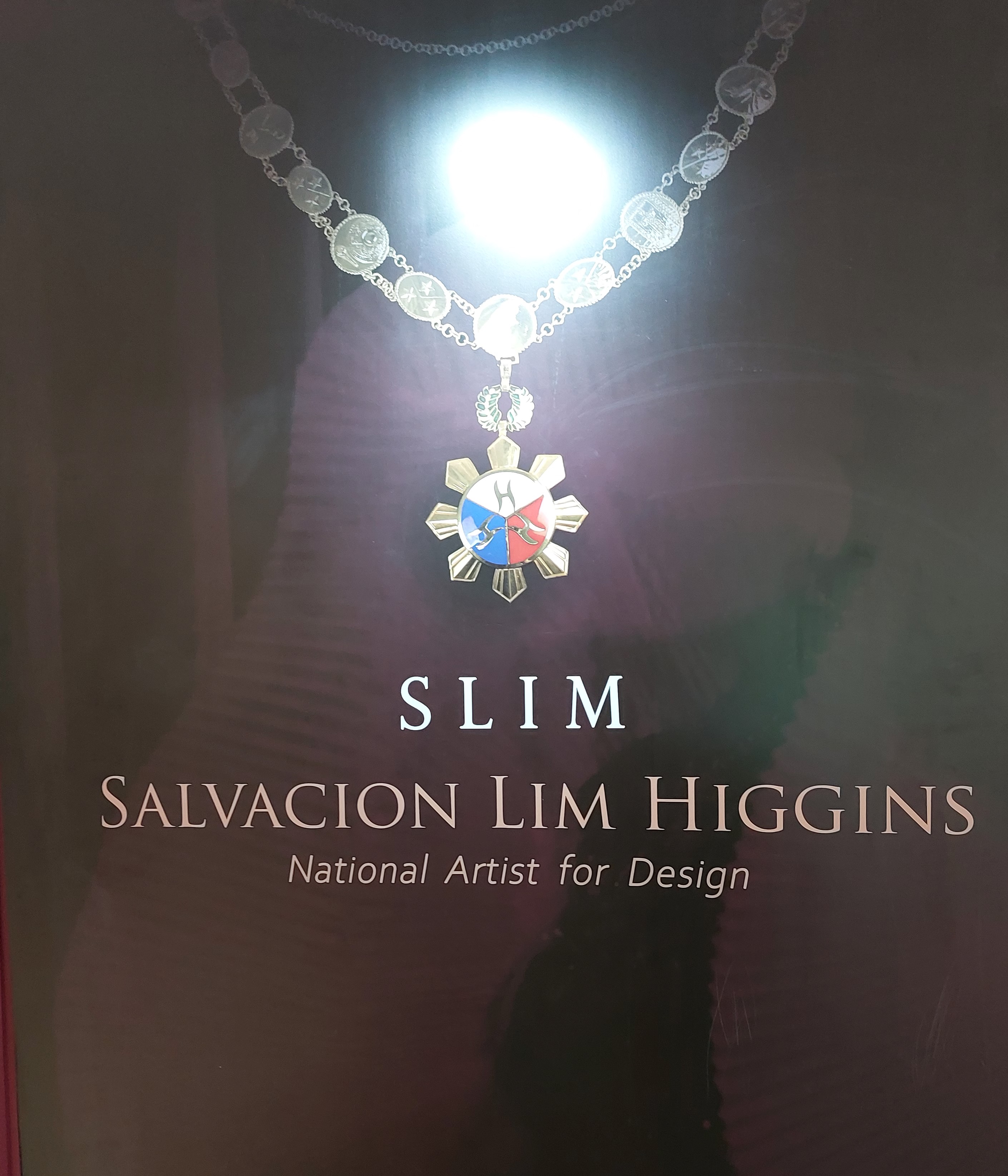 An Exhibition of the Design Legacy of Salvacion Lim Higgins
An Exhibition of the Design Legacy of Salvacion Lim HigginsSeptember 2022 – The fashion exhibition of Salvacion Lim Higgins hogged the headline once again when a part of her body of work was presented to the general public. The display...
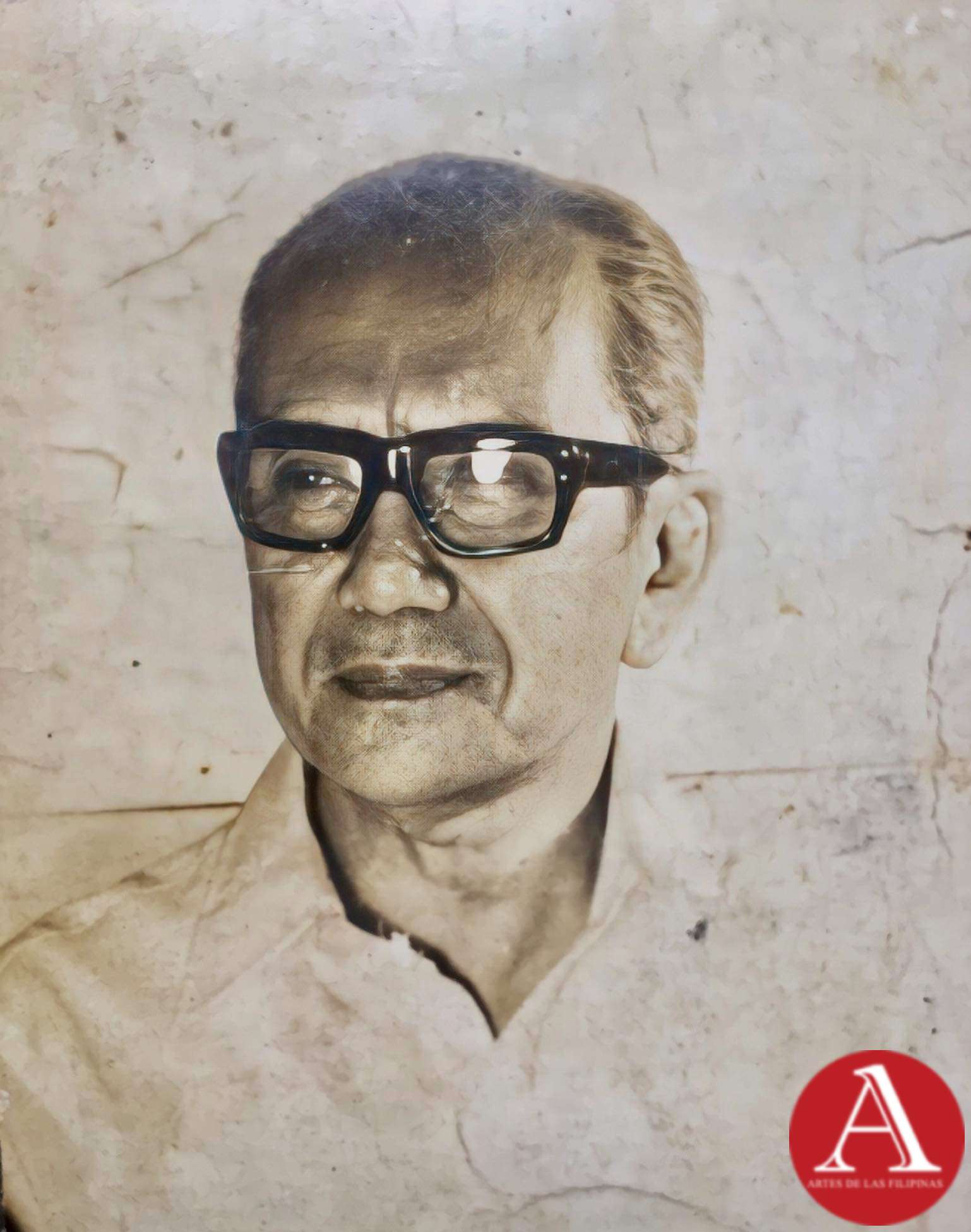 Jose Zabala Santos A Komiks Writer and Illustrator of All Time
Jose Zabala Santos A Komiks Writer and Illustrator of All TimeOne of the emblematic komiks writers in the Philippines, Jose Zabala Santos contributed to the success of the Golden Age of Philippine Komiks alongside his friends...
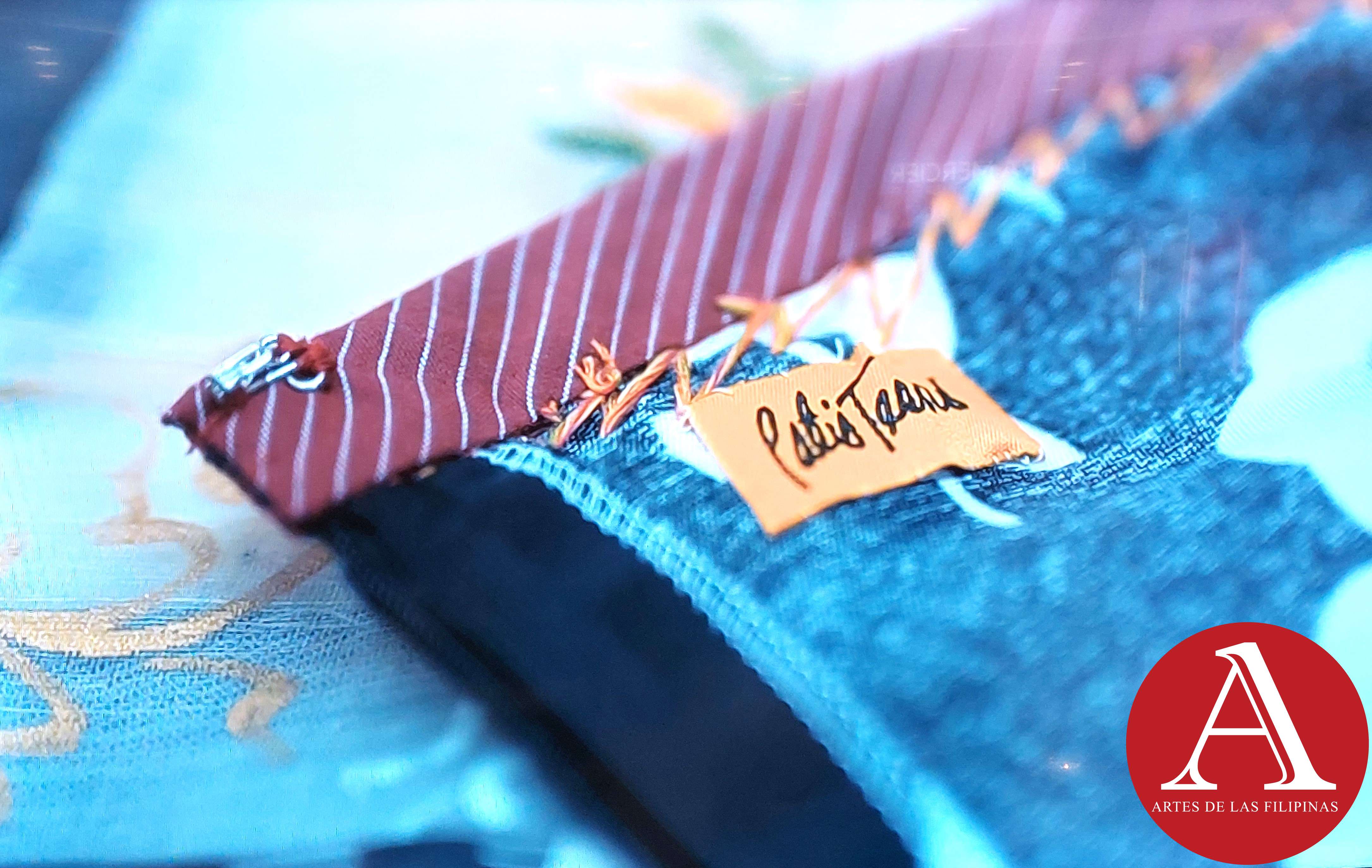 Patis Tesoro's Busisi Textile Exhibition
Patis Tesoro's Busisi Textile Exhibition
The Philippine Art Book (First of Two Volumes) - Book Release April 2022 -- Artes de las Filipinas welcomed the year 2022 with its latest publication, The Philippine Art Book, a two-volume sourcebook of Filipino artists. The...
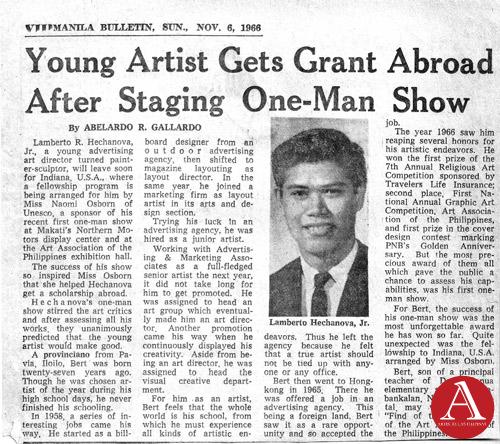 Lamberto R. Hechanova: Lost and Found
Lamberto R. Hechanova: Lost and FoundJune 2018-- A flurry of renewed interest was directed towards the works of Lamberto Hechanova who was reputed as an incubator of modernist painting and sculpture in the 1960s. His...
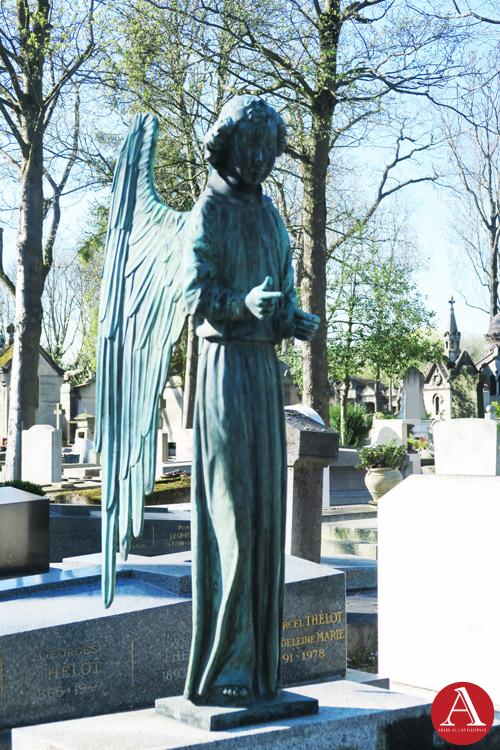 European Artists at the Pere Lachaise Cemetery
European Artists at the Pere Lachaise CemeteryApril-May 2018--The Pere Lachaise Cemetery in the 20th arrondissement in Paris, France was opened on May 21, 1804 and was named after Père François de la Chaise (1624...
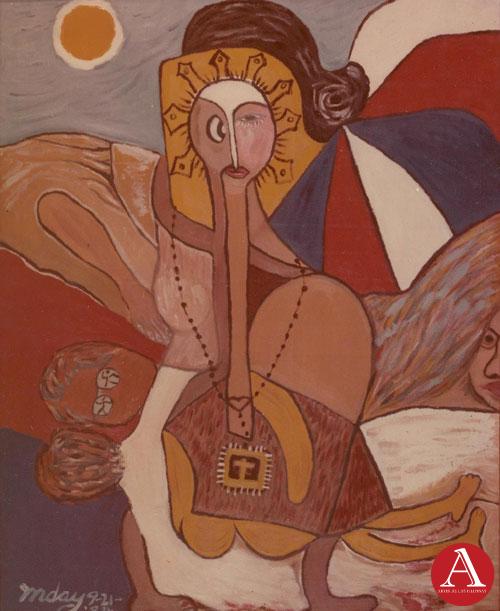 Inday Cadapan: The Modern Inday
Inday Cadapan: The Modern IndayOctober-November-December 2017--In 1979, Inday Cadapan was forty years old when she set out to find a visual structure that would allow her to voice out her opinion against poverty...
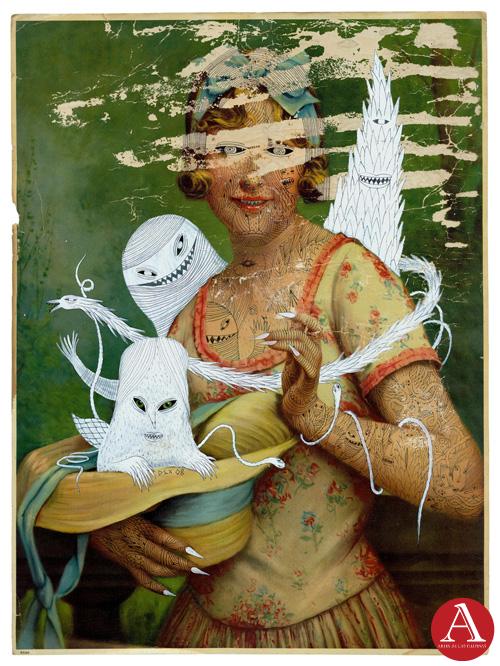 Dex Fernandez As He Likes It
Dex Fernandez As He Likes ItAugust-September 2017 -- Dex Fernandez began his art career in 2007, painting a repertoire of phantasmagoric images inhabited by angry mountains, robots with a diminutive sidekick,...
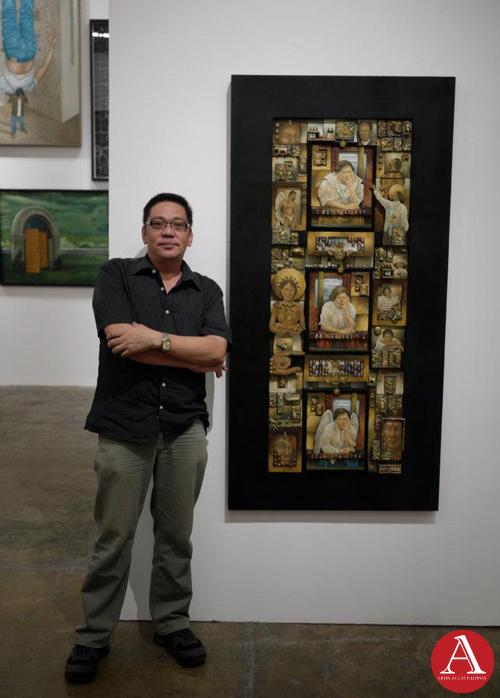 Noel Soler Cuizon's Gesamtkunstwerk and Everything in Between
Noel Soler Cuizon's Gesamtkunstwerk and Everything in BetweenApril-May 2017—The public exhibition of Noel Soler Cuizon’s works began in 1987 when he was a member of Hulo, a group of alumni students of the Philippine Women’s...



